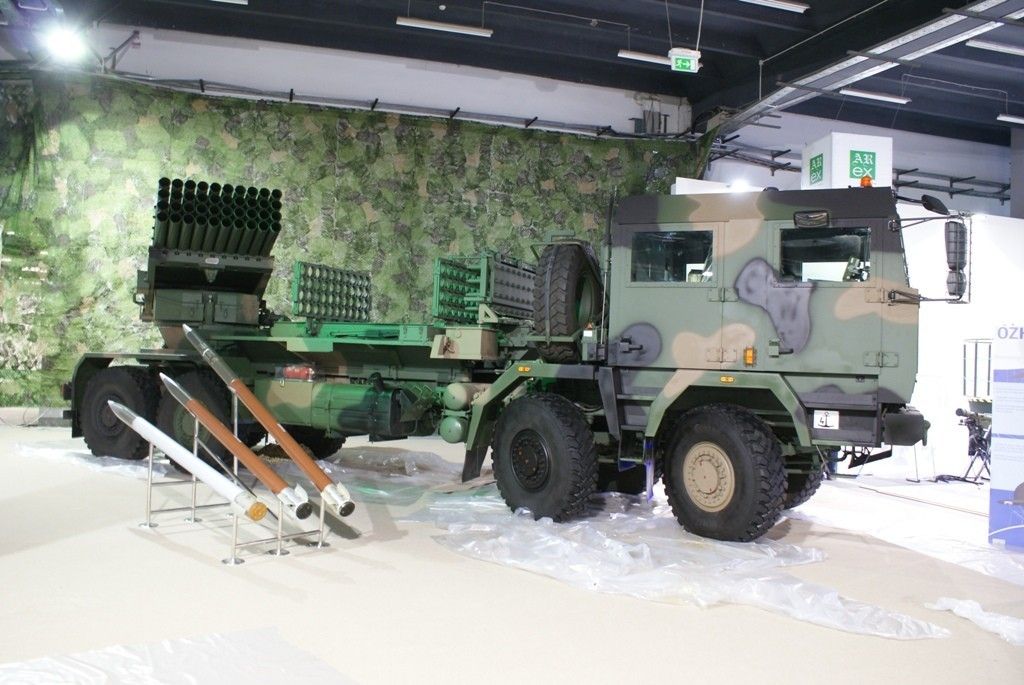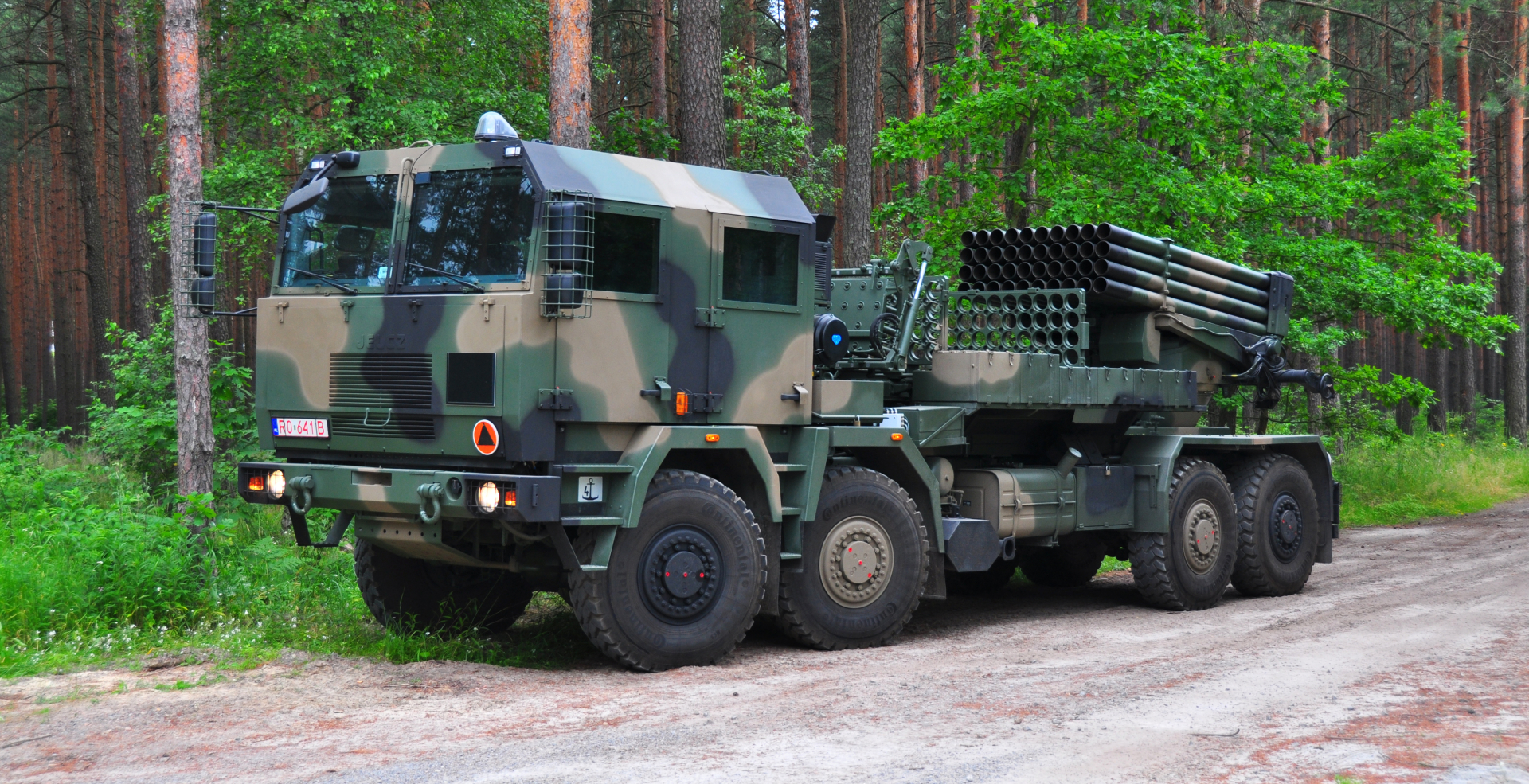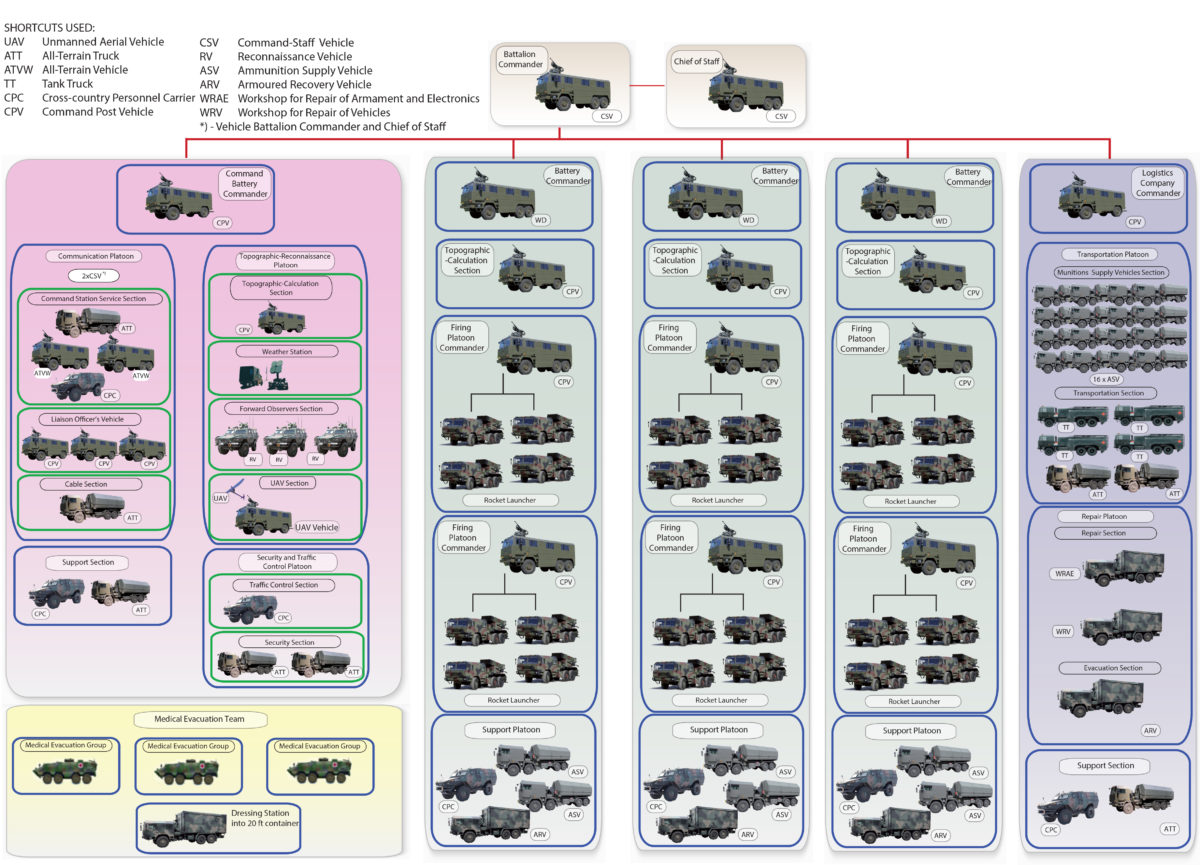M-SAM (Cheongung Block I missile) are roughly based on technology transfer of 9M96E design by Russian Fakel bureau. The Korean missile by LIG Nex1 is quite different to the original version.
- different sizes
- different interception methods / warheads
- differen fuze control of Korean missile (no front canards)
Russian 9M96E (S-350 Vityaz):
| Speed | ? mach 3 - 5 | | |
| Weight | 333 kg | | |
| Length | 4.75 m | | |
| Diameter | 240 mm | | |
View attachment 60897
Cheongung Block I (= M-SAM I):
| manufacturing company | system
LIG Nex1
warhead/propellant
Hanwha Group |
| length | 4.61 m |
| diameter | 275 mm |
| weight | 400 kg |
| speed | mach 4 - 5 |
View attachment 60912
View attachment 60901
M-SAM Block II has front canards (introduced 2020) with same length and diameter as Block I:
View attachment 60902
View attachment 60904
Back to your original question: the larger dimensions and sophisticated technology involved in Korean SAM development speaks against an adaptation of Russian missile tech to guided artillery rockets of K239. Another argument: Hanwha produces Chunmoo missiles, LIG Nex1 the M-SAM. Both often work together in joint development projects, but they're big rivals with overlapping defense portfolios.
Further indications of US artillery rocket influence:
Afaik, undguided and guided rockets of K239 are based on US technology transfer. ROKA had M270 MLRS in it's inventory before the Chunmoo development. Hanwha license-built rockets for M270.
- 227 mm M26 unguided rockets (KM26 in Korea)
- 230 mm unguided KM26A2 based on 227 mm M26A2 (DPCIM and unitary penetration warhead)
- 239 mm guided K239 missile designed with different warheads than US 227 mm GMLRS M30/31 (more cluster pellets, heavier penetration warhead)
The diameter difference was due to IP rights infringement and independence from the 2018 cluster bomb ban and denied US certification for rocket production with >1% dud rate.
ROKA wanted to secure a steady supply of homemade DPICM ammo for M270 and K239 MLRS without legal clusterfuck with US Congress and because of better domestic cost efficiency.
230 mm unguided KM26A2:
View attachment 60914
239 mm guided Chunmoo I:
View attachment 60907
View attachment 60908
According to this
Korean Military blogger, the 6x 239 mm pods dimensions are as followed:
View attachment 60913
The Korean pod would be longer than the US with 158 inches / 4013 mm, if these data are true.
●K239 천무 다연장 시스템 천무 다련장은 대한민국 육군이 북한에 대한 대화력전 우세를 보장하고, 노후...

m.blog.naver.com
Thank you very much for this very interesting information. I will refer to them later and ask some questions. For now, I will return the favor briefly. I think that even many Poles reading this forum may be surprised, because this information, although public, was not widely disseminated. You had to make an effort to reach them and put them together into one logical sequence.
In the middle of the last decade, Polish negotiators negotiated with the Americans the construction of a missile factory in Poland for the HIMARS system. As part of the concept presented at that time, all components except the guidance module and GPS were to be manufactured in Poland. It seems that at that time the plan was not to obtain these elements under license, but to install components developed in Poland, identical or similar in their parameters to those produced by the Americans.
One could even risk saying that the subject of negotiations was the construction of a Polish 227mm caliber missile for HIMARS systems, with the American golden part in the form of GPS modules and guidance.
Importantly, at the end of 2016, two research programs were launched, financed by the Ministry of National Defense. One concerned the construction of rocket engines, the other concerned the development of executive systems for controlling missiles (aerodynamic rudders and gas-dynamic rudders). At least one of these programs included a note in its explicit description that the program should be implemented with a foreign partner with appropriate experience. 2-3 weeks before the approval of both of these programs, Poland signed an agreement on military and technical cooperation with Ukraine. This agreement included a secret annex regarding the joint development of, among other things, missiles. The information about such an annex was public, the Polish Minister of National Defense even outlined in general terms that it was about missiles. However, the details themselves were classified.

It is worth mentioning here that Ukraine inherited a large part of the space industry from the Soviet Union and several significant research and development offices. Poland contributed at least better fuels and its fixation on light rocket bodies, and probably financial resources, to this project.
It is true that an intergovernmental agreement with an annex on cooperation in the field of missiles was signed. A few weeks later, grants for the development of missile elements were also approved in Poland, which indicated that a foreign partner was to participate in it, but officially no one has ever directly confirmed that such cooperation took place. That is why currently, both in Ukraine and in Poland, many people believe that certain things are only due to their scientists.

And so be it.

Anyway, it has practical applications for today. Well, it seems that currently we cannot yet produce the entire Polish missile of 227 mm caliber or similar, but we can still be a supplier of ready-made components for it. It might seem that the Americans would not want to go for it and would insist that 100% of the components were licensed by them. But maybe it just seems that way.
Already during the Wisła I Program, Lockheed Martin agreed to commission the Polish side to develop an unnamed module for the PAC-3 MSE missile, which, after undergoing full certification, was to replace the module then used in the PAC-3 MSE missiles. Taking into account the importance of the PAC-3 MSE missiles for the air defense of the United States and its allies, it should be assumed that the Americans, after auditing the Polish companies, must have been convinced that changing the supplier would not have a negative impact on the quality, and that potential suppliers had the potential to cope with the task.
So I guess these Poles can do something after all. 
Additionally, literally a few dozen hours ago, something that had been speculated about for some time happened: Lockheed Martin and Raytheon signed an agreement with PGZ, under which they will check the capabilities of the Polish industry to produce Javelin missiles. Rumors have it that not all elements produced in Poland must be produced under license. Some of them may be developed in Poland and may replace those currently used as better solutions.
And here comes the issue of cooperation with Korea around 239mm, or perhaps 227mm or 230mm, rockets. I think that if the Korean side insists on not agreeing to any polonization, the cooperation in the field of rocket artillery will be shorter than longer, which I would consider a disadvantageous situation for both sides. Especially since we seem to have "interesting times" ahead of us.
I don't know if this topic was mentioned in the Korean media. However, information appeared at least several times in the Polish media that, in the face of the Ukrainian experience, which showed what was happening to the defense industry of a country participating in the conflict and under fire from long-range missiles, the Korean side was clearly interested in building production lines in Poland, which in the event of war Asia could, away from that region, produce equipment and ammunition for Korea. However, these words were spoken by politicians, so I don't know how much they can be believed.

And how it will be, time will tell. It seems that at the moment the Polish side has contracted the production in Poland of missiles for three salvos for the K239, which we have already ordered and will order later. What will happen once these missiles are produced?
Personally, I believe that countries such as Poland and Korea, which are exposed to missile attacks from neighboring countries, should be interested in having additional sources of supplies of weapons and ammunition that are already known and implemented in their armies. However, this is only my opinion, and the decision will be made by politicians, businessmen and military men from Korea and Poland.
 , debuted at #MSPO2023 after successful integration and mobility and firepower tests in South Korea
, debuted at #MSPO2023 after successful integration and mobility and firepower tests in South Korea 












